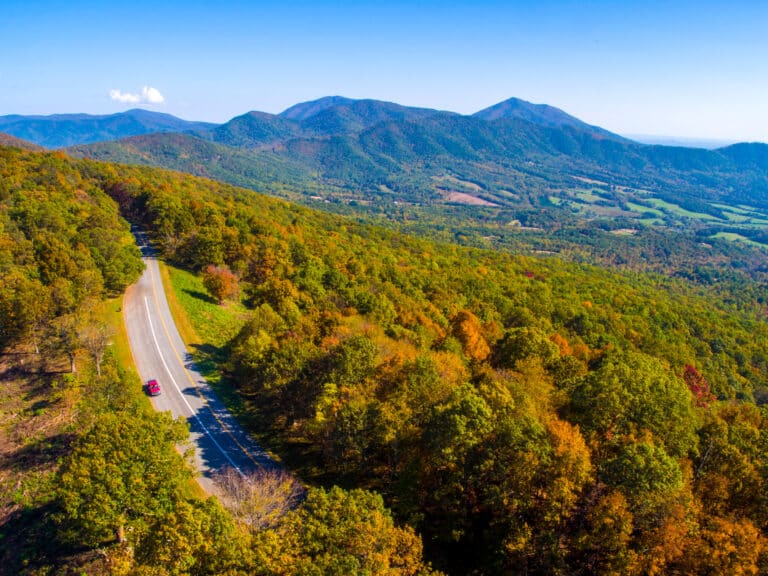Very few people ever get to feel the sense of discovery and wonder that Neil Armstrong felt when he set foot on the moon. Retired sixth grade teacher Scott House gets to feel it on a regular basis—not in space, but in middle Kentucky.
Almost every inch of our planet has been discovered. Even the great explorers of our millennium often arrived in a new land only to find that other people had gotten there first. Yet underground, a different story is being told.
Kentucky’s Mammoth Cave is the longest cave system in the world – with 390 miles explored thus far. Thanks to cavers like Scott House, more miles are discovered each year. House is president of the Cave Research Foundation, a group of volunteer spelunkers who explore and document new sections of Mammoth Cave. Every month, he goes on a new expedition into the dark depths of the unknown.
Caving for Life
Most people are drawn to spelunking by the excitement of seeing the inside of a cave. For House, it was different. “What really attracted me to work in caves was the idea of mapping them,” he says. “I’ve always been a map freak, even when I was a little kid.”
House mapped many caves in Missouri before making his way down to Mammoth for the first time in 1983. His obsession with cartography connected him with the Cave Research Foundation, which has been documenting caves since the 1940s.
“Every time you map a foot of new passage, you set a new world record. What other endeavor can you do that with? You can only get to the top of Everest. You can’t go up any higher.”
But House doesn’t consider himself an adventure seeker. Actually, he says, thrill junkies make terrible cavers in Mammoth Cave.
“Caving is not sexy,” House explains. “It’s a slow and methodical process. You may spend eight hours surveying 150 feet of passage.”
Mammoth Cave spelunkers come from all backgrounds—doctors, teachers, bankers, and blue-collar workers ranging in age from 15 to 80. They all have a common goal to discover new terrain and make a lasting contribution.
They’re succeeding, says Rick Toomey, Director of the Mammoth Cave International Center for Science and Learning, a partnership between Mammoth Cave National Park and Western Kentucky University. Toomey facilitates scientific research at the park, connecting spelunkers with researchers.
“Mapping is no trivial thing,” explains Toomey, who has also worked in the cave as a paleontologist. “Most of the cave environment isn’t something you can detect from the surface. Aerial photos can provide valuable information about the park’s forests, but not about what’s underground.”








